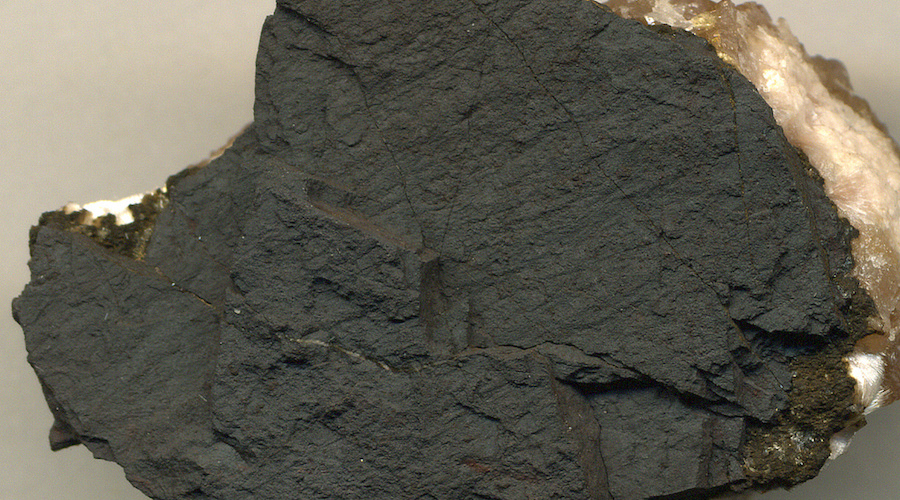
New research published in Nature Communications reveals that manganese has a novel chemical state. According to the U.S. Department of Energy’s Lawrence Berkeley National Laboratory, this new state enables a high-performance, low-cost sodium-ion battery that could quickly and efficiently store and distribute energy produced by solar panels and wind turbines across the electrical grid.
The idea of the existence of this state was first proposed almost a century ago, but it was only in 2018 when scientists were able to prove it. They used a specially-designed battery to test their hypothesis. “The battery that Natron Energy supplied for the study features an unconventional design for an anode, which is one of its two electrodes,” the researchers explained in a press release.
Different from what it’s seen in lithium-ion and sodium-ion batteries, where the anode is often carbon-based, the anode in this experiment is made up of a blend of elements such as manganese, carbon and nitrogen. The cathode, on the other hand, contains copper, nitrogen, carbon, and iron. These materials based on transition metals have the capability exhibiting various charged states.
“One of the direct benefits of utilizing such materials for both electrodes in the battery is that neither of the two electrodes fundamentally limits the power capability, cycle life, or cost of the device,” said Colin Wessells, CEO at Natron Energy, in the media statement.
According to Wessells, the battery is able to deliver up to 90 per cent of its total energy in a very fast, five-minute discharge, and to retain about 95 per cent of its discharge capacity for 1,000 cycles.
This high performance puzzled the researchers so much that they decided to test whether a 1928 theory that stated that manganese could exist in a so-called “1-plus” or “monovalent” state, which means that a manganese atom in this state loses only a single electron, was possible. The idea is unusual, as manganese atoms typically are known to give up two or more electrons, or no electrons, in chemical reactions, but not just one.
To run their tests, they used a system dubbed “in situ resonant inelastic X-ray scattering,” or iRIXS, which provides a high-sensitivity probe of the internal chemistry of materials. The results showed a telltale contrast in the electrons during the battery’s charge and discharge cycles.
“The analysis of the iRIXS results not only confirms the manganese 1-plus state; it also shows that the special circumstances giving rise to this state make it easier for electrons to travel in the material. This is likely why such an unusual battery electrode performs so well,” said Andrew Wray, a physicist from New York University, who performed the theoretical calculations.
Based on these findings, Natron Energy is already working on commercial prototypes of the battery used in the experiments.